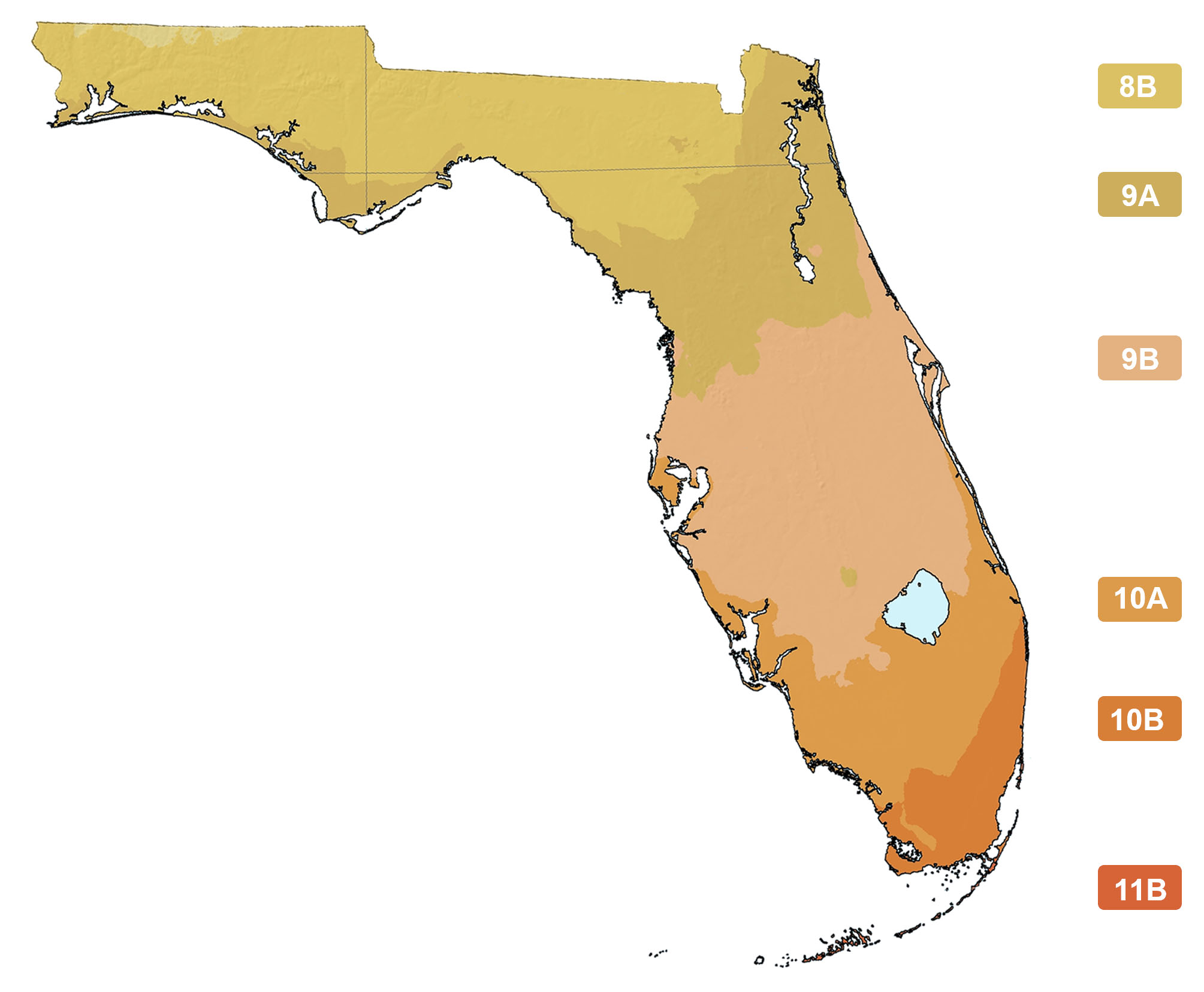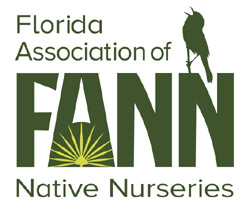Palafoxia integrifolia
Photographs belong to the photographers who allow use for FNPS purposes only. Please contact the photographer for all other uses.
Many-wings, Coastalplain Palafox
Asteraceae (Compositae)
Plant Specifics
| Form: | Flower | |
| Size: | 3-4 ft tall by 2-4 ft wide | |
| Life Span: | Long-lived perennial | |
| Flower Color: | White,pink | |
| Fruit Color: | White | |
| Phenology: | Deciduous. Blooms in late summer and fall. | |
| Noted for: | Showy flowers |
Landscaping
| Recommended Uses: | Since this gets tall, plant it at the rear of a wildflower garden. Individual stems are narrow, but older specimens can have multiple stems. Blooms in mid-fall with blooms concentrated at the tops of the stems. | ||||||||||||||||||||||||||||||||||||||||||
| Propagation: | Seed. | ||||||||||||||||||||||||||||||||||||||||||
| Availability: | Seed | ||||||||||||||||||||||||||||||||||||||||||
| Light: | Full Sun | ||||||||||||||||||||||||||||||||||||||||||
| Moisture Tolerance: |
always floodedextremely dry |
||||||||||||||||||||||||||||||||||||||||||
| (Somewhat moist, no flooding ----- to ----- Short very dry periods) | |||||||||||||||||||||||||||||||||||||||||||
| Moisture Tolerance: | Somewhat moist, no flooding ----- to ----- Short very dry periods | ||||||||||||||||||||||||||||||||||||||||||
| Salt Water Flooding Tolerance: | Not salt tolerant of inundation by salty or brackish water. | ||||||||||||||||||||||||||||||||||||||||||
| Salt Spray/ Salty Soil Tolerance: | Low/no tolerance of salty wind or direct salt spray | ||||||||||||||||||||||||||||||||||||||||||
| Soil or other substrate: | Sand | ||||||||||||||||||||||||||||||||||||||||||
| Soil pH: | Acidic to circum-neutral | ||||||||||||||||||||||||||||||||||||||||||
Ecology
| Wildlife: |
| |
| Insects: | Attracts bees, butterflies and moths. Said to attract scarab beetles. | |
| Native Habitats: | Dry or scrubby flatwoods and , coastal hammocks. Common after fire. |
Distribution and Planting Zones
Natural Range in Florida
USDA Zones
Suitable to grow in:
10A 10B 8A 8B 9A 9B

USDA zones are based on minimum winter temperatures
Comments
| General Comments: | Not readily available from nurseries but said to be easy to grow. Palafoxia feayi is a related species, also beautiful, but harder to row and even less available. It is associated with the scrubs of the central peninsula. |







